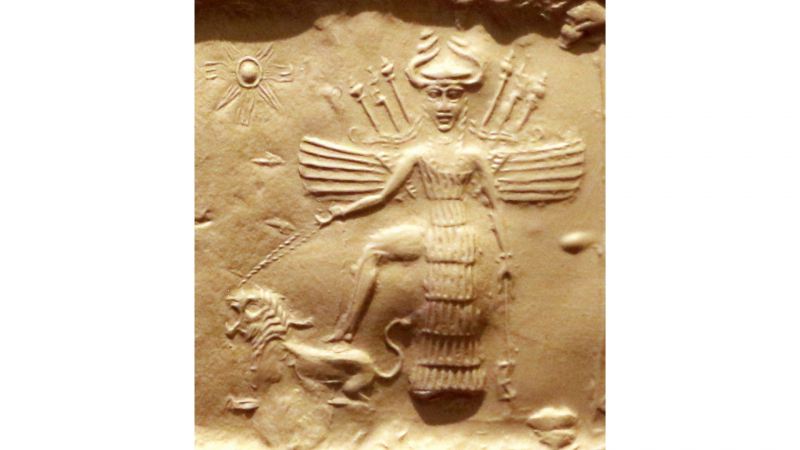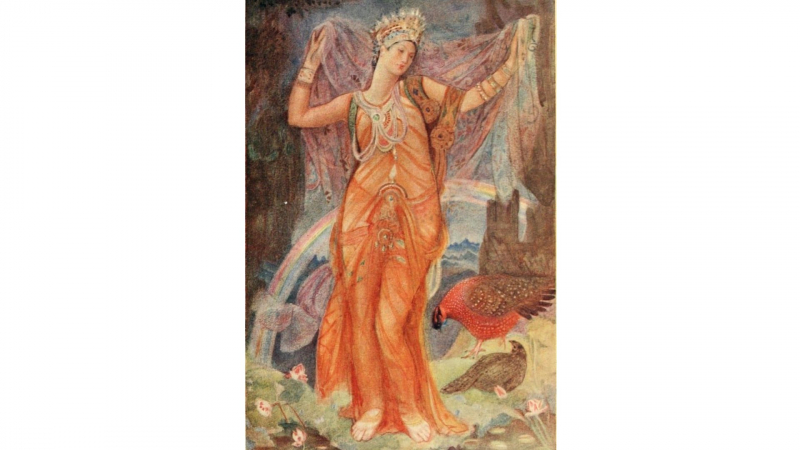Ishtar/ Inanna: The Goddess of Love and Procreation
Ishtar, the goddess of love, sex, and fertility, was the East Semitic equivalent of Inanna, the Sumerian goddess; Astarte, the goddess of the Northwest Semitic region; and Astghik, the goddess of Armenian culture. She was a well-known deity from 3500 BC to the first to fifth century, when Christianity began to gain ground. The eight-pointed star and a lion were her emblems. In the Babylonian pantheon, she shared a close relationship with Venus. Her myth largely has similarities with the Sumerian tale of Inanna's descent into the underworld. She is depicted as a spoilt, irritable femme fatale in the Epic of Gilgamesh. Enkidu the wild man is killed as a result of Ishtar unleashing the Bull of Heaven after she demands to be Gilgamesh's consort and he refuses.
She is supposedly the daughter of Anu, the sky god. The inhabitants of Upper Mesopotamia worshiped her in the Assyrian cities of Ashur, Arbela, and Nineveh. The inhabitants of Uruk were fervent worshippers of Ishtar. It has been contested for decades that her religion engaged in some form of religious prostitution. Whether the priestess engaged in sexual activity is still up for debate, despite the fact that many people claim it never did. Although she was revered as the goddess of love and sexuality, she was not regarded as the matriarchal or matrimonial goddess.











